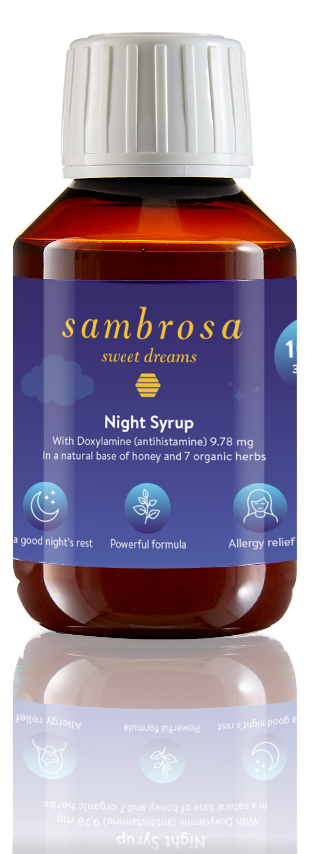Staying healthy and fit doesn’t have to require a gym membership.
Since most of us are spending a lot of time at home anyway, why not make the most of it by incorporating the following three exercises into your daily routine? You can get a full-body workout done in as little as five or 10 minutes, and each exercise is beginner-friendly, with lots of room to adjust and challenge yourself more as you see fit.
Sometimes simpler really is better. Skip the gym equipment and amp up your workout routine right at home with these three basic exercises for toning, strengthening, and burning more fat.
1. Plank
Planks aren’t just one of the easiest core exercises that you can do—they’re also one of the most effective. It’s no wonder then that they’re a staple of many fitness classes, including Pilates, barre, and yoga.
Benefits of planks:
Planks engage multiple muscles at once, making them an all-around great exercise for strength training and calorie burning. Their primary benefit is in improving your core, which provides you with additional balance and power during other activities. Planks are also fantastic for improving your posture and flexibility, and can be easily modified as needed depending on your skill level.
How to do a plank
- Get on your mat and start in the plank position: face down with either your elbows or hands on the floor and your feet hip-width apart.
- Make sure that your elbows or hands are directly under your shoulders, and that your head is in a straight line (you should be looking at the floor).
- Keeping your body in a straight line, draw your navel in, and hold this position for 30 seconds.
- Relax to the floor and repeat 3 times.
- Try to work up to 45 seconds or one minute per plank—or more!
Make it more challenging: Put your arms or elbows on an exercise ball to further challenge your balance.
2. Squats
Squats are another classic core strengthener, and are just as good for your legs, glutes, and hips as they are for your abs. Try them with or without added weight depending on what muscle groups you’re targeting and how hard you want to go with your workout.
Benefits of squats:
This is a dynamic strength training exercise that requires several muscles in your upper and lower body to work together simultaneously. You’ll burn a ton of fat and calories, and you’ll also boost overall athletic strength—which is a good move if you’re engaged in any other sorts of physical activity.
How to do a squat
- Start with your feet slightly wider than hip-width apart.
- Keeping your chest up, engage your abdominals and shift your weight onto your heels as you push your hips back into a sitting position.
- Lower your hips until your thighs are parallel or almost parallel to the floor. You should feel the squat in your thighs and glutes.
- Pause with your knees over, but not beyond, your toes.
- Exhale and push back up to the starting position.
- Start with 3 sets of 12 squats and build up over time to 3 sets of 20 squats.
Make it more challenging: Alternate your tempo, slowing down and speeding up your squats to work your muscle groups in different ways.
3. Hip bridge
Anyone can do a hip bridge, and they’re a great addition to any workout routine. Use them to close out your workout prior to stretching to get in an additional muscle strengthener that doesn’t require a full tank of energy.
Benefits of hip bridges:
Also known as hip raises or glute bridges, hip bridges work by isolating key muscle groups, including your abs, glutes, and hamstrings. And in addition to muscle strengthening, they can also help relieve stress on the body, particularly lower back pain.
How to do a hip bridge
- Start on your back with your hands at your sides, knees bent, and feet flat on the floor under your knees.
- Tighten your abdominals and glutes by pushing your low back into the ground before you push up.
- Raise your hips to create a straight line from your knees to shoulders.
- Squeeze your core and pull your belly button back toward your spine.
- Hold for 20 to 30 seconds, and then return to your starting position.
- Complete at least 10 reps.
Make it more challenging: While stabilized in your bridge, bring your knees outward and inward to access new muscle groups.
Want more health advice? Check back with our blog regularly for more tips on exercise, nutrition, and getting better sleep.
